Introduction: A Fish that Swims Beyond Water
Imagine a vibrant koi pond in a serene Japanese garden (nihon teien 日本庭園) water gently rippling as jewel-like fish glide effortlessly beneath lotus flowers and stepping stones. These are not just ornamental creatures. In Japan, koi fish, or nishikigoi (錦鯉, literally “brocaded carp”), carry centuries of symbolism, artistry, and heritage.
From ancient legends to modern garden ponds, koi are a living embodiment of perseverance, transformation, and good fortune. But what do koi fish truly represent in Japanese culture, and why have they captivated the hearts of so many around the world? Let’s dive deeper into their history, meanings, and the beauty they bring to both water and art.
What better way to embody the spirit of the Koi Fish than our Nishiki Goi tableware collection!

Cultural and Historical Significance: From Rice Paddies to National Icons
The story of koi begins in Yamakoshi village in Niigata Prefecture, where carp were originally bred as food during the Edo period (1603–1868). Over time, chromatic mutations led to vibrant color patterns, inspiring local farmers to engage in selective breeding, eventually creating what we now know as nishikigoi.
These colorful koi became status symbols among wealthy families and even drew attention from the imperial court during the Heian period (794–1185). Today, Japan celebrates koi heritage with prestigious exhibitions like the All Japan Koi Show and Kokugyo no Saiten (The Festival of Koi), where the finest specimens—particularly the famous Gosanke varieties (Kohaku, Sanke, and Showa) are showcased.
Beyond their beauty, koi are woven into Japanese traditions. For instance, on Children’s Day (Kodomo no Hi こどもの日), families fly colorful koinobori (鯉のぼり) carp streamers, symbolizing strength and resilience for their children’s future.
Legends and Folklore: Swimming Toward Transformation
One of the most famous tales of koi comes from a Chinese legend that found its way into Japanese folklore. According to the myth, a school of koi swam upstream against powerful currents, striving to reach the Dragon Gate waterfall on the Yellow River. Only the most determined koi succeeded, and upon leaping over the waterfall, they transformed into mighty dragons.
This story represents perseverance (gaman 我慢), ambition, and the courage to overcome life’s obstacles. For samurai warriors, koi symbolized strength and determination, qualities essential for enduring hardship. Today, koi continue to inspire as icons of transformation, resilience, and success.

Koi Fish Varieties and Color Symbolism
Koi are not only admired for their grace but also for their vivid colors and patterns, each with its own meaning:
- Kohaku (紅白) – White koi with red markings, symbolizing love and purity.
- Sanke (三毛) – White koi with red and black patterns, representing balance.
- Showa (昭和三色) – Black koi with red and white patterns, often linked to life’s dynamic changes.
- Asagi (浅黄) – Light blue koi with red accents, evoking serenity and peace.
- Tancho (丹頂) – White koi with a single red circle on its head, reminiscent of Japan’s national flag, symbolizing patriotism and longevity.
- Butterfly koi – Long-finned, graceful varieties symbolizing beauty and freedom.
These vibrant hues are enhanced by carotenoid pigments, often supported by special color-enhancing koi food, making each koi a living, moving canvas.
Koi in Art, Tattoos, and Design
Koi are deeply ingrained in Japanese art (nihonga 日本画) and crafts. Japanese prints by masters like Katsushika Hokusai, famous for his flowing waves and natural motifs, often featured koi swimming among lotus flowers and flowing water, symbolizing harmony with nature.
In contemporary culture, koi are popular motifs in koi tattoos, conveying messages of strength, transformation, and good fortune. Even in urushi lacquerware coating, koi appear as intricate decorative elements, immortalizing their beauty in household items and fine art pieces.

Koi in Garden and Pond Design: Tranquility in Motion
A koi pond is not just a decorative feature, it’s a meditative space that embodies chi (気, energy) and the flow of life. In Japanese garden ponds, koi swim among aquatic plants, natural rock formations, and even small waterfalls, creating a tranquil atmosphere that encourages relaxation and reflection.
From a feng shui perspective, koi ponds attract prosperity and harmony to a home or garden. Proper pond filtration systems, aeration, and pond maintenance ensure these living treasures thrive. For those in colder climates, a koi pond heater can extend their health and lifespan.
Koi Care: Living Art with Responsibility
Keeping koi as pets requires thoughtful care. Pond size requirements should accommodate their growth, koi can live decades, with some reaching over a meter in length. Water quality, disease monitoring, and a healthy diet with color-enhancing food are essential for maintaining vibrant, healthy fish.
Many enthusiasts seek guidance from experienced koi breeders, ensuring they choose robust nishikigoi varieties that thrive in their specific pond environment. Caring for koi is a rewarding commitment that blends art, nature, and mindfulness.
Symbolic Meanings and Representations
So, what do koi fish ultimately represent? In Japanese culture, they embody:
- Perseverance and resilience – swimming upstream despite challenges.
- Transformation and success – evolving into a dragon symbolizes achieving greatness.
- Good fortune and prosperity – koi ponds are believed to attract wealth and happiness.
- Love and friendship – especially pairs of koi, symbolizing harmony in relationships.
Whether displayed in gardens, painted in art, or cherished in folklore, koi continue to inspire with their strength, grace, and cultural depth.

Bringing Koi Into Your Life
You don’t need a grand pond to appreciate the beauty of koi. You can celebrate their symbolism by:
- Visiting a Japanese garden or attending the All Japan Koi Show in Niigata.
- Incorporating koi motifs in Japanese ceramics, from tea cups to serving plates, adding a cultural touch to your home.
- Using handcrafted Japanese tableware adorned with koi designs to make tea time feel even more intentional and serene.
A beautifully crafted koi-themed matcha bowl (chawan 茶碗) or plate can serve as a gentle reminder of the koi’s message: flow with grace, overcome challenges, and embrace transformation.
Conclusion: Swimming Toward Meaning
From their origins in Yamakoshi to their presence in modern gardens, koi continue to bridge the past and present with their timeless elegance.
Whether you admire them in a tranquil pond, in a koi tattoo, or in a delicate piece of handcrafted Japanese tableware, their story invites reflection: What currents in life are you willing to swim against?


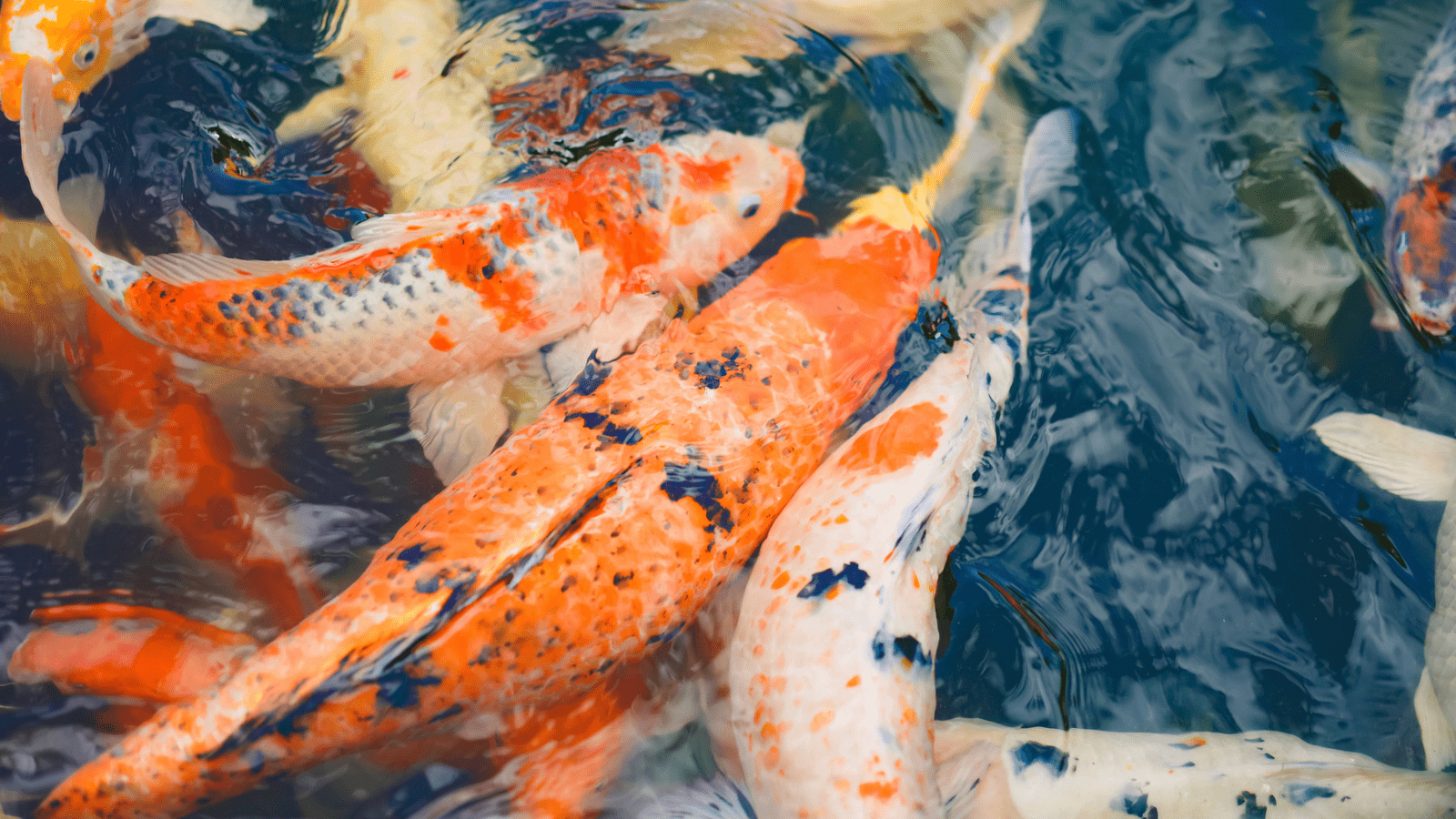
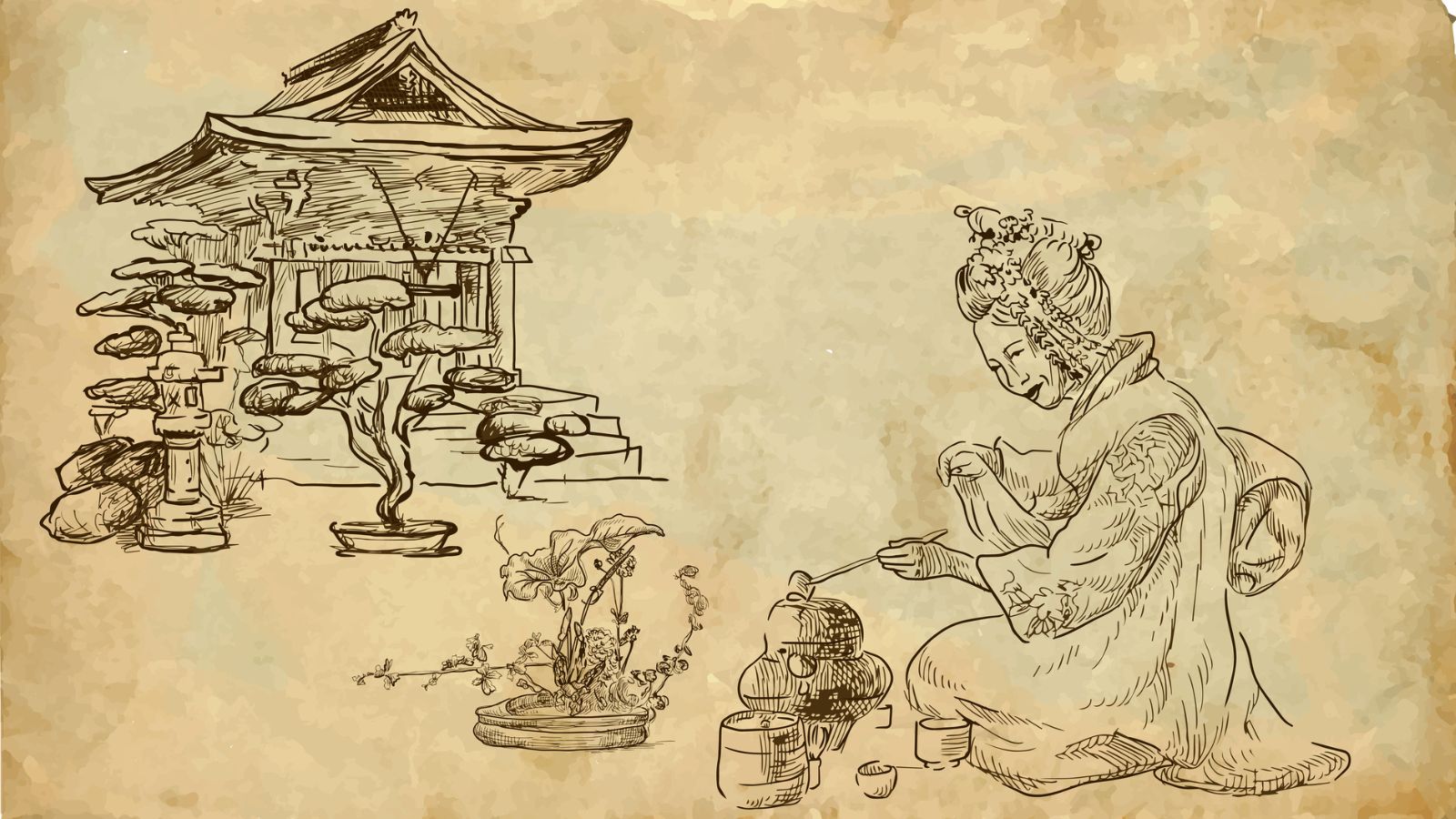
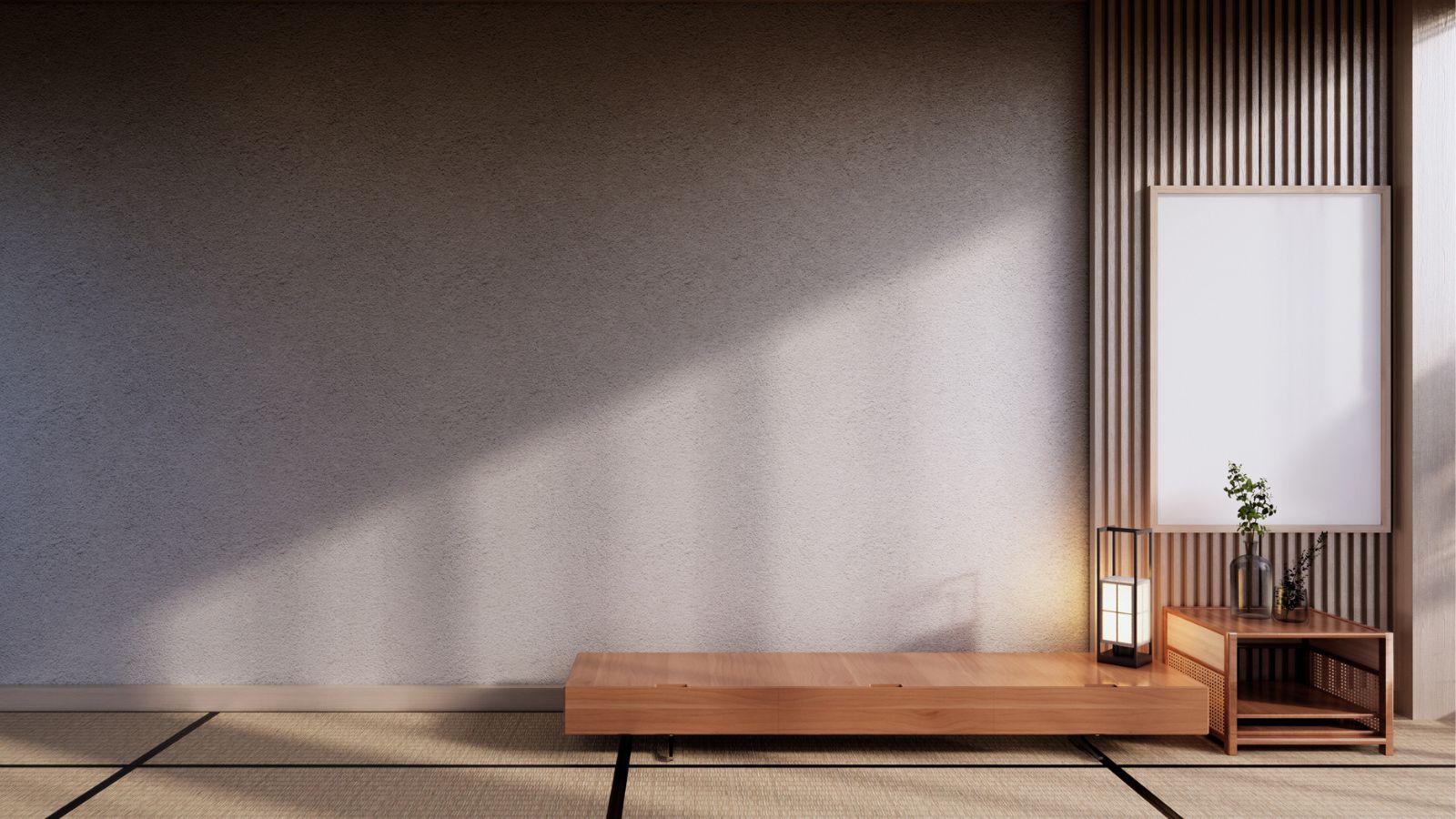

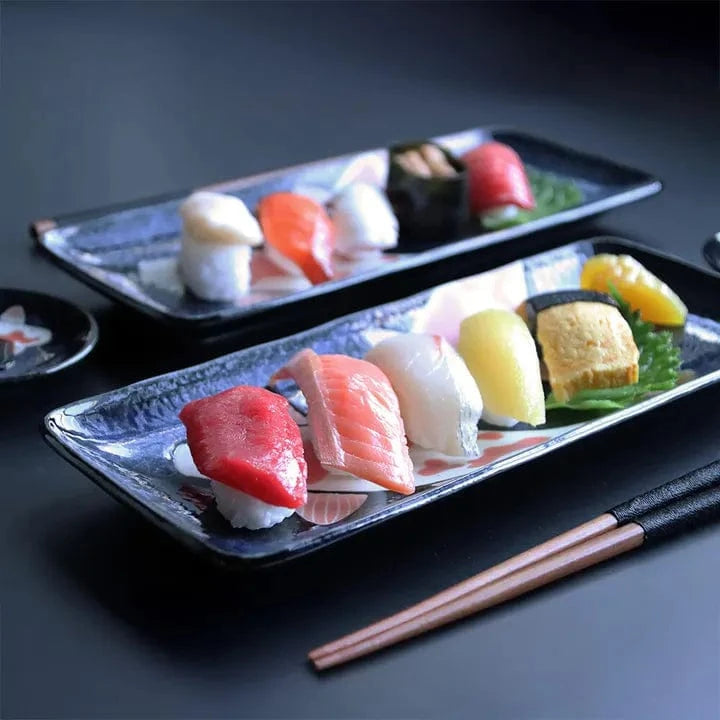
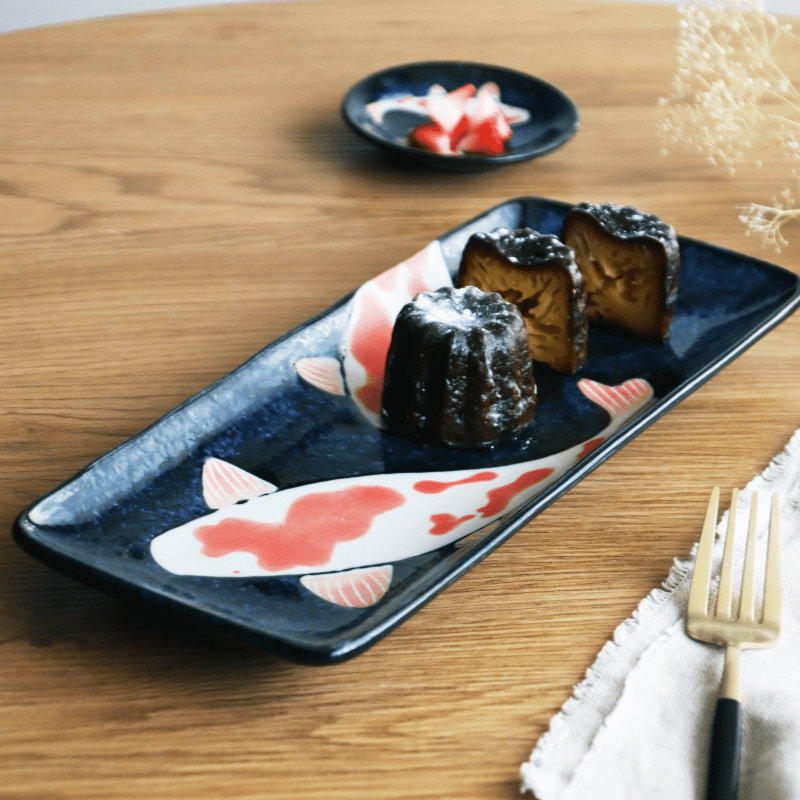
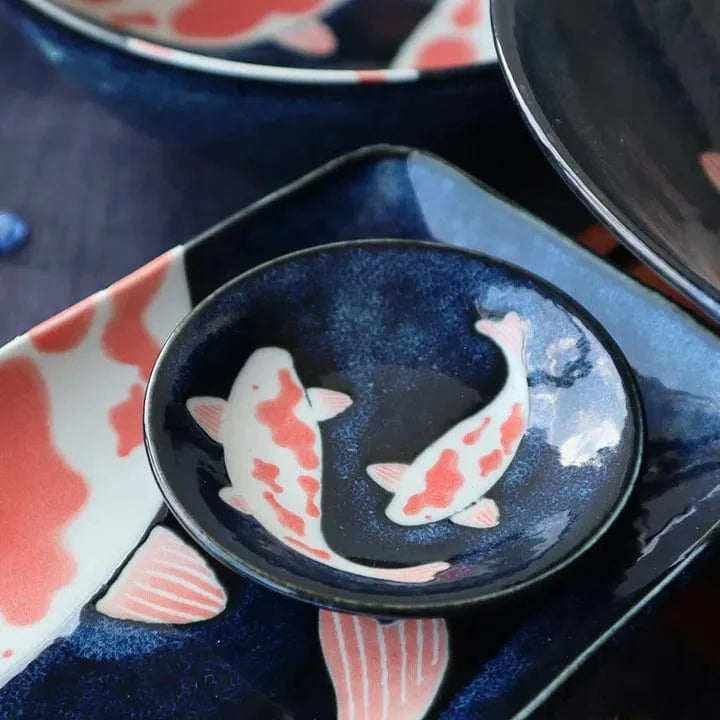

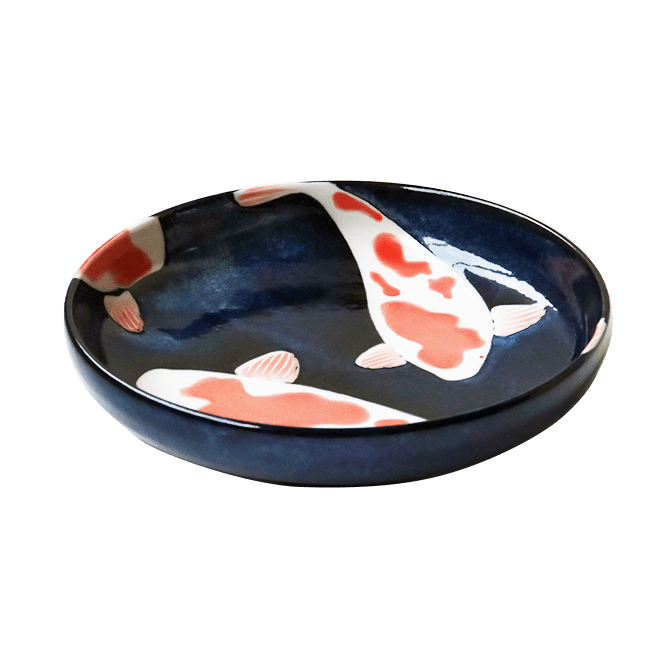

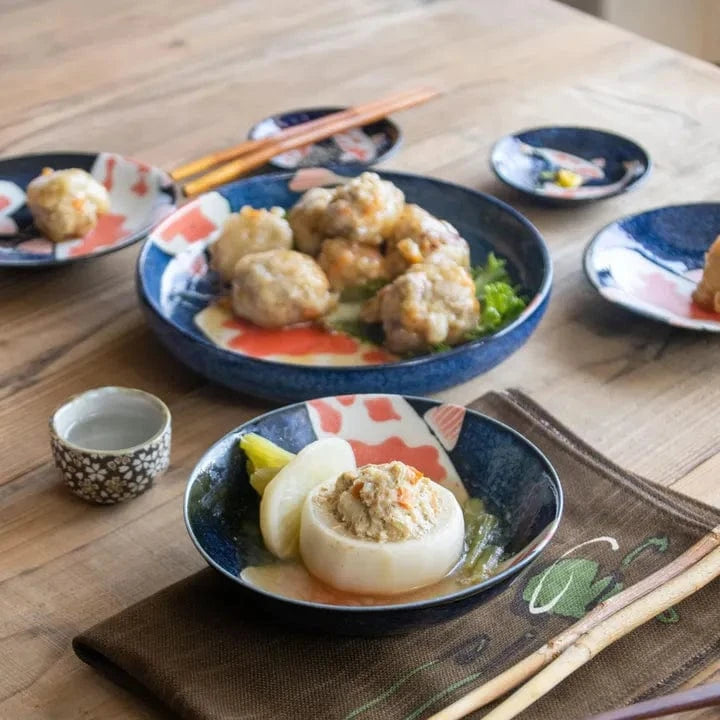
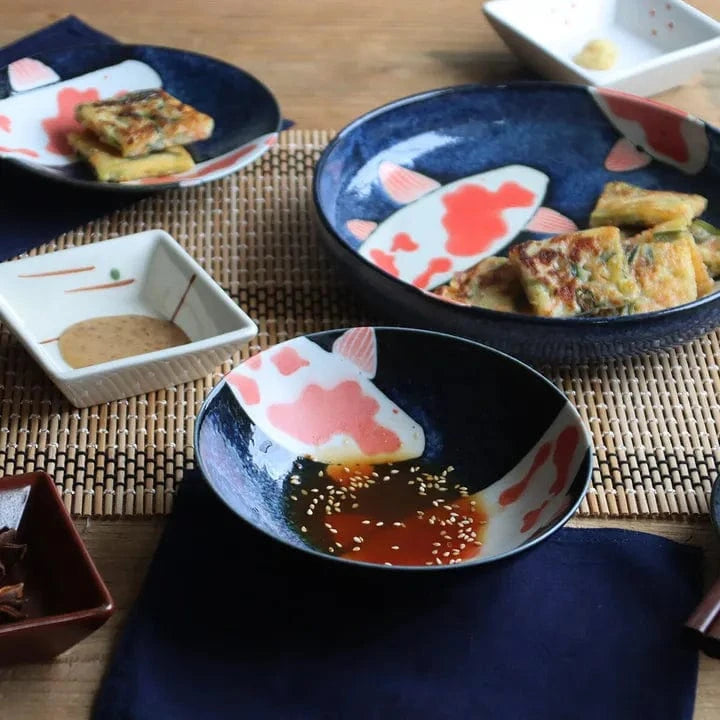
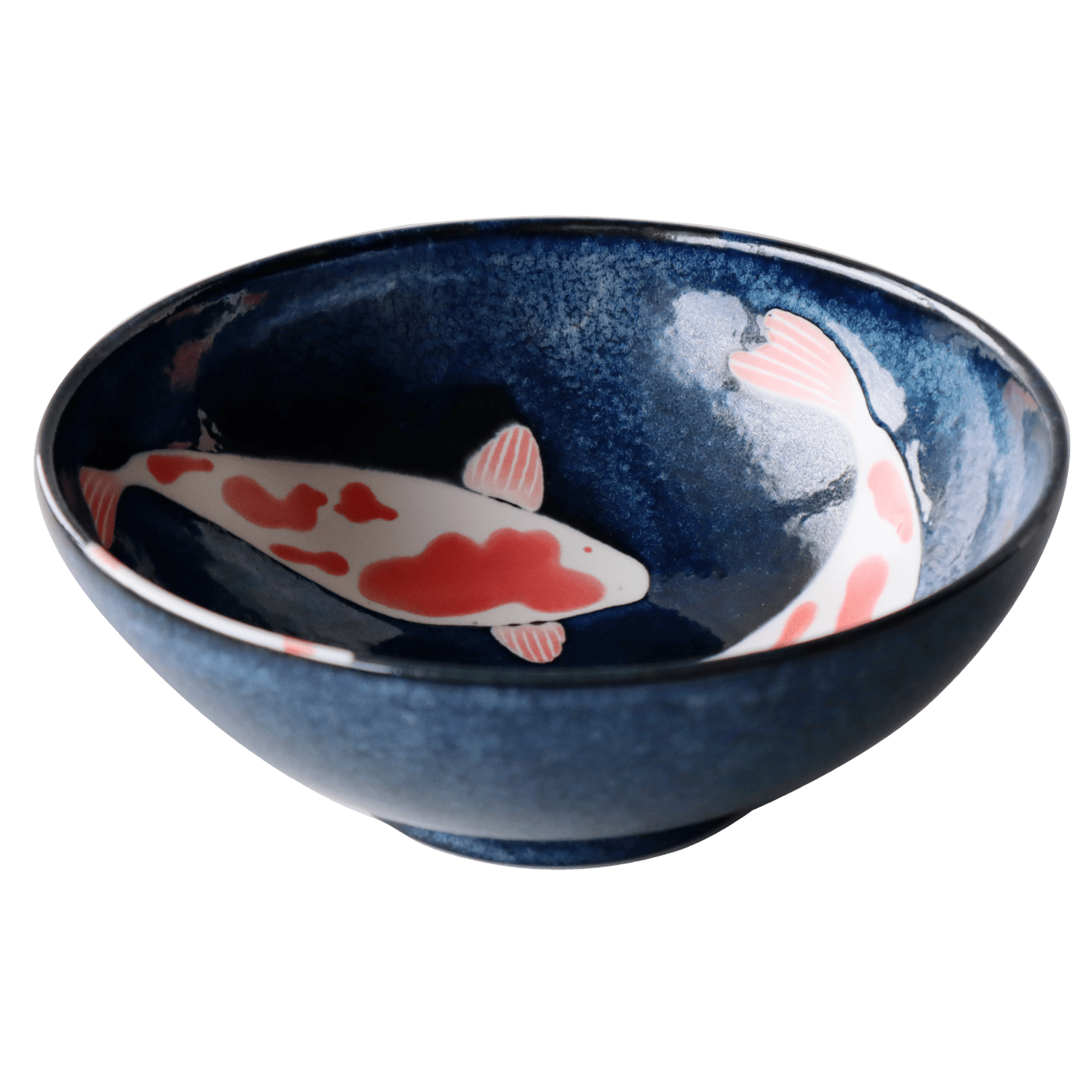
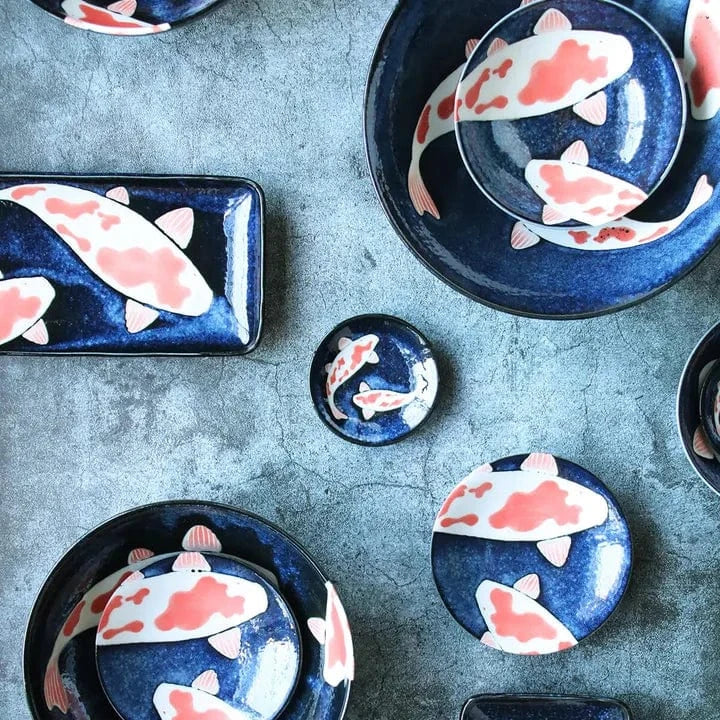
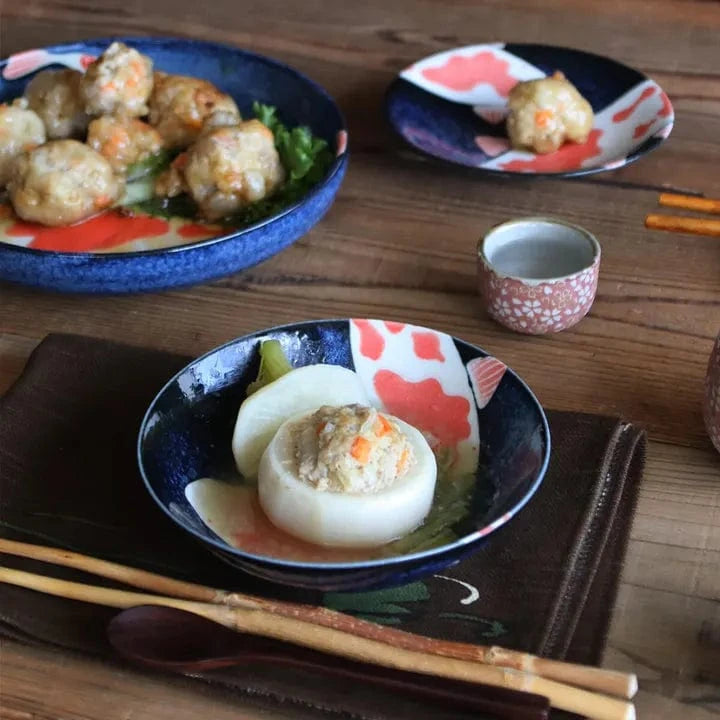


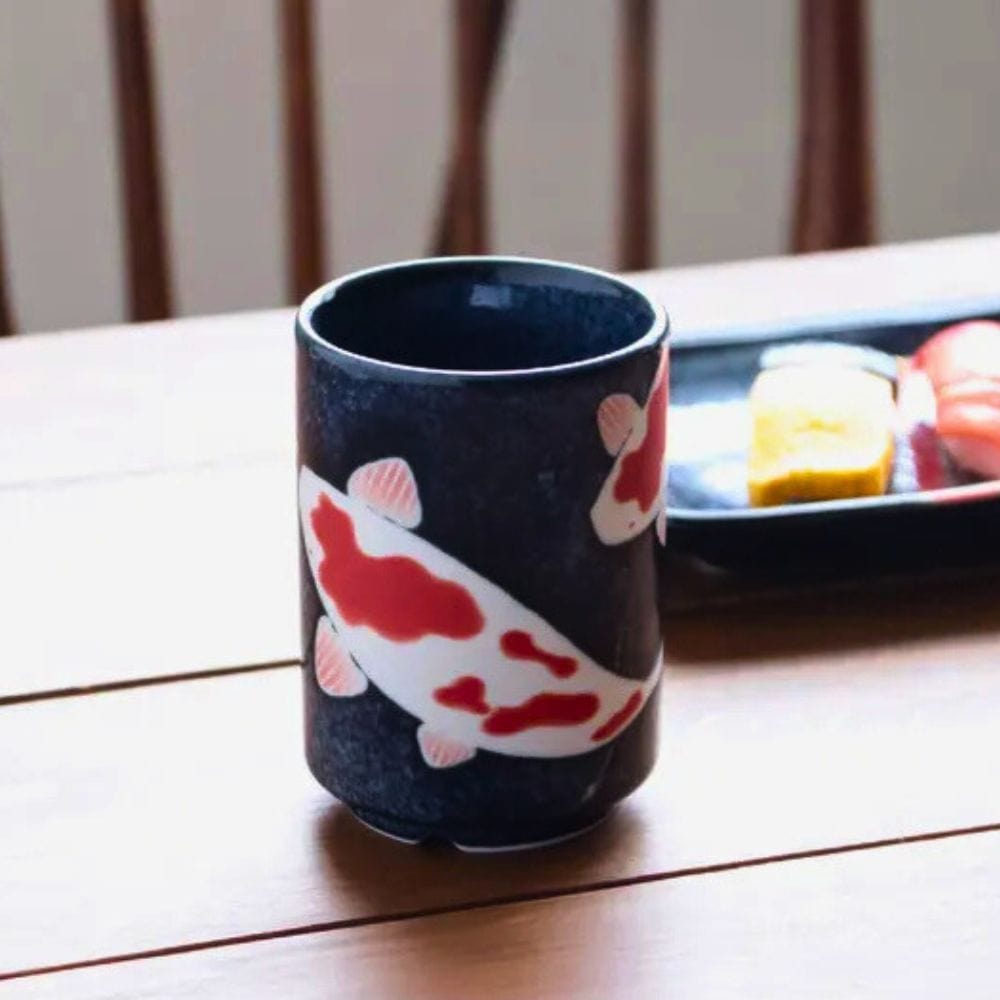
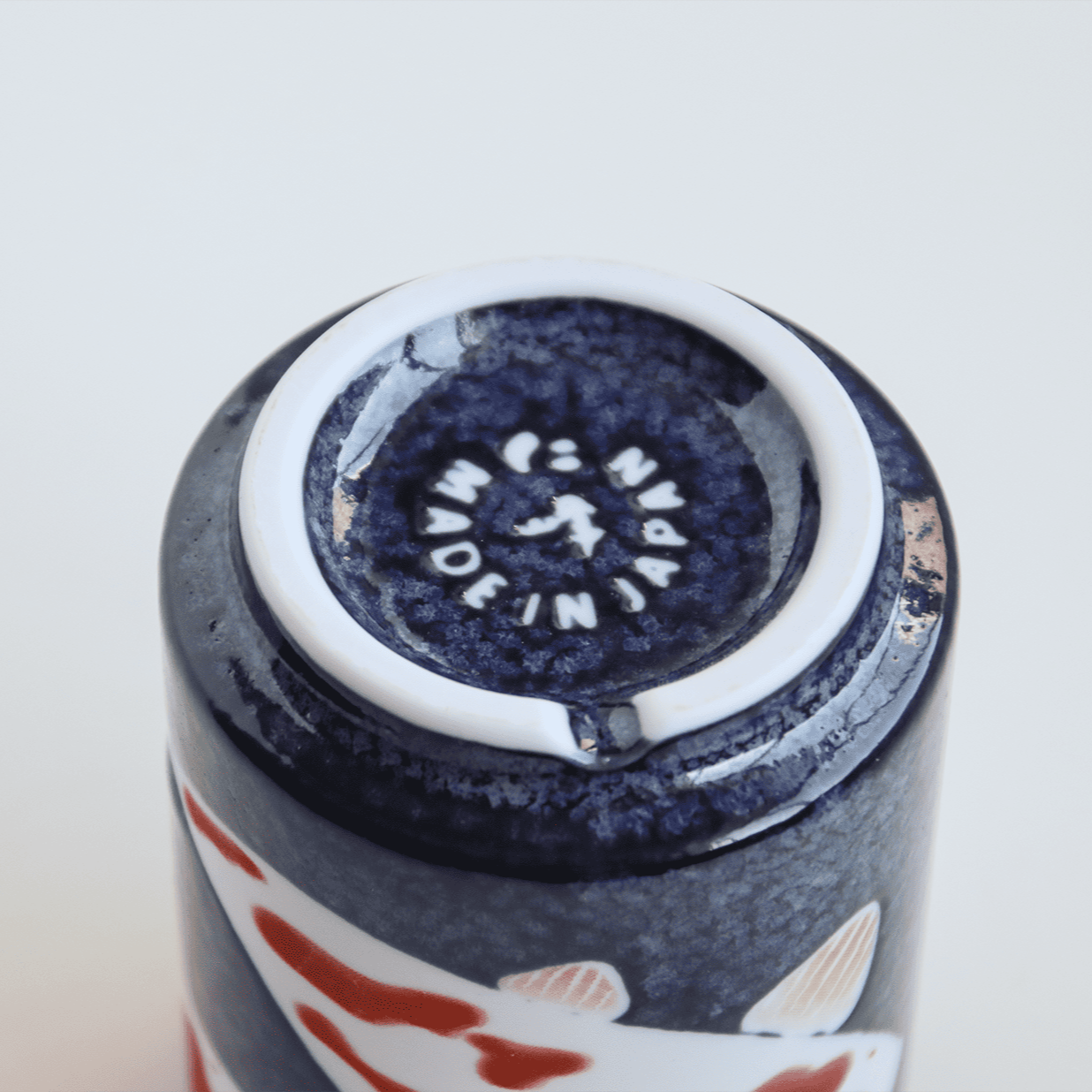
Share: